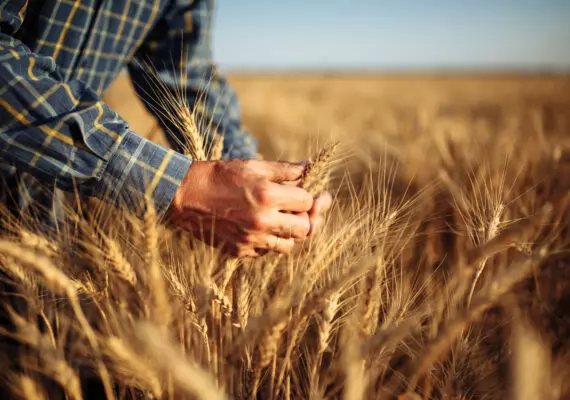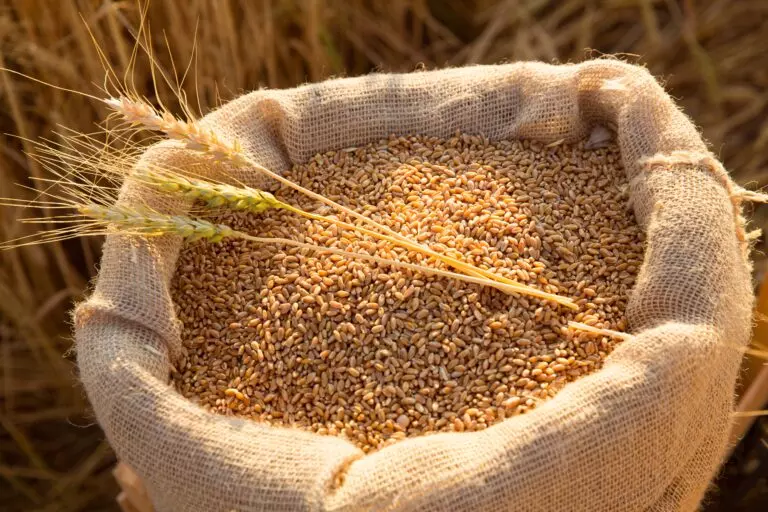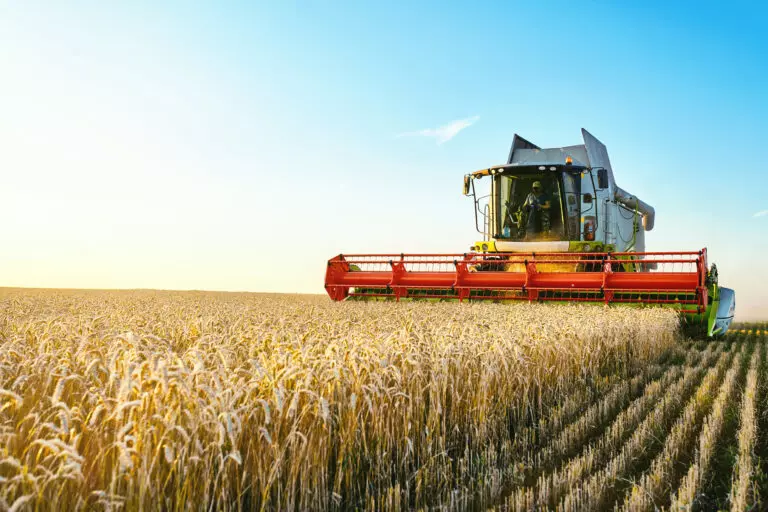
WHAT ARE THE SOIL REQUIREMENTS FOR WHEAT?
The soil in which wheat is to be sown should be medium to heavy in texture and contain plenty of organic matter. This plant yields poorly on soils with a pH below 5.0. There are only a few wheat varieties capable of growing at pH 5.2, while the vast majority require soil with a pH of 5.5 or higher. The optimal pH for wheat growth ranges from 6.0 to 6.8.
Wheat has specific nutritional requirements for absorbing both micro and macronutrients. The most important of these include nitrogen, phosphorus, potassium, sulfur, calcium, magnesium, copper, manganese, iron, molybdenum, boron, and zinc.
We distinguish between winter and spring wheat. The former is sown in autumn, while the latter is sown in spring.
Nitrogen is applied to winter wheat in one dose in autumn and in two or even three doses in spring. The amount of nitrogen applied depends on the purpose of the plant. As for spring wheat, it is assumed that 80% of the nitrogen dose is applied before sowing and 20% at the tillering stage.
Phosphorus is applied to winter wheat in autumn as protected phosphorus or in the form of superphosphate. Spring varieties can be supplied with phosphorus in any form. When fertilizing wheat with potassium, half of the dose should be applied in autumn and the other half in spring.
Sulfur is essential for wheat cultivation as it contributes to better nitrogen utilization by plants, resulting in increased protein content.
Calcium is necessary for proper wheat yield. Without it, plants grow poorly and fail to absorb adequate amounts of other nutrients from the soil.
It is also necessary to replenish the magnesium content in the soil. If its content is adequate, it can be supplemented foliarly.
To determine the content of individual elements in the soil and identify any deficiencies, soil analysis is recommended.
It is important to remember that the growth stage of wheat, during which a specific nutrient is applied, is crucial. For example, fertilizer containing copper, manganese, iron, molybdenum, boron, and zinc is applied in the early developmental stage, up to the end of the so-called tillering phase. This results in thicker stems.
It is important to ensure proper fertilization of wheat during the flag leaf stage, which is the most important stage of the plant’s development. The flag leaf is responsible for the subsequent proper development of the grain and high yields.
HOW TO CULTIVATE WHEAT?
When cultivating wheat, it is important to ensure adequate irrigation. This affects the yield, as wheat has high water requirements. If there is a water deficit, the yield is significantly lower. It is extremely important to provide the right amount of water at the beginning of plant growth and during stem elongation.
Wheat should not be grown on soil previously used for other cereals. This carries the risk of contamination with cereal pathogens. It can also lead to the appearance of pests that are dangerous to cereals. If crop rotation principles cannot be applied and wheat must be grown in monoculture, a variety adapted to such cultivation should be chosen, preferably one with greater resistance to diseases.
Wheat yields best when sown according to crop rotation principles, after crops such as:
- potatoes;
- beets;
- peas;
- leguminous plants;
- legume-cereal plants;
- peas;
- maize for silage;
- rapeseed.
HOW CAN WHEAT BE DIVIDED?
Basically, wheat is divided into winter and spring varieties. Cultivation of the former requires greater effort and yields lower yields, while the latter is the most popular type of wheat. Both types produce very high-quality grain.
Spring wheat is sown very early in spring. This allows it to utilize residual soil moisture from winter. As a result, it can establish good root systems and develop properly. Too late sowing of spring wheat results in lower-quality spikes with fewer grains.
Winter wheat is sown from September 15 to October 10, depending on the region of Poland. The earliest sowings take place in the east and northeast, while the latest occur in Opole and Lower Silesia. If the plants are sown too early, they will grow too vigorously before winter and become more susceptible to various diseases. Winter wheat sown too late does not develop sufficient roots and is much weaker, so it may freeze and not survive the winter.

HOW TO LIME A WHEAT FIELD?
Due to the optimal pH for wheat growth ranging from 6.0 to 6.8, liming is necessary. Very often, soils are acidic, with pH too low for wheat to grow and yield high. Sometimes, soil acidification is accompanied by magnesium deficiency. Therefore, the best solution for liming a wheat field is to use granulated magnesium lime, such as SuperMag, or powdered Radkowit. If laboratory tests show that magnesium levels are adequate, limestone can be used instead. Granulated lime works well in such crops.
The best option is to apply lime to the field in the right dose and then mix it with the soil using a cultivator. Alternatively, plowing can be done to incorporate the lime into the soil.







